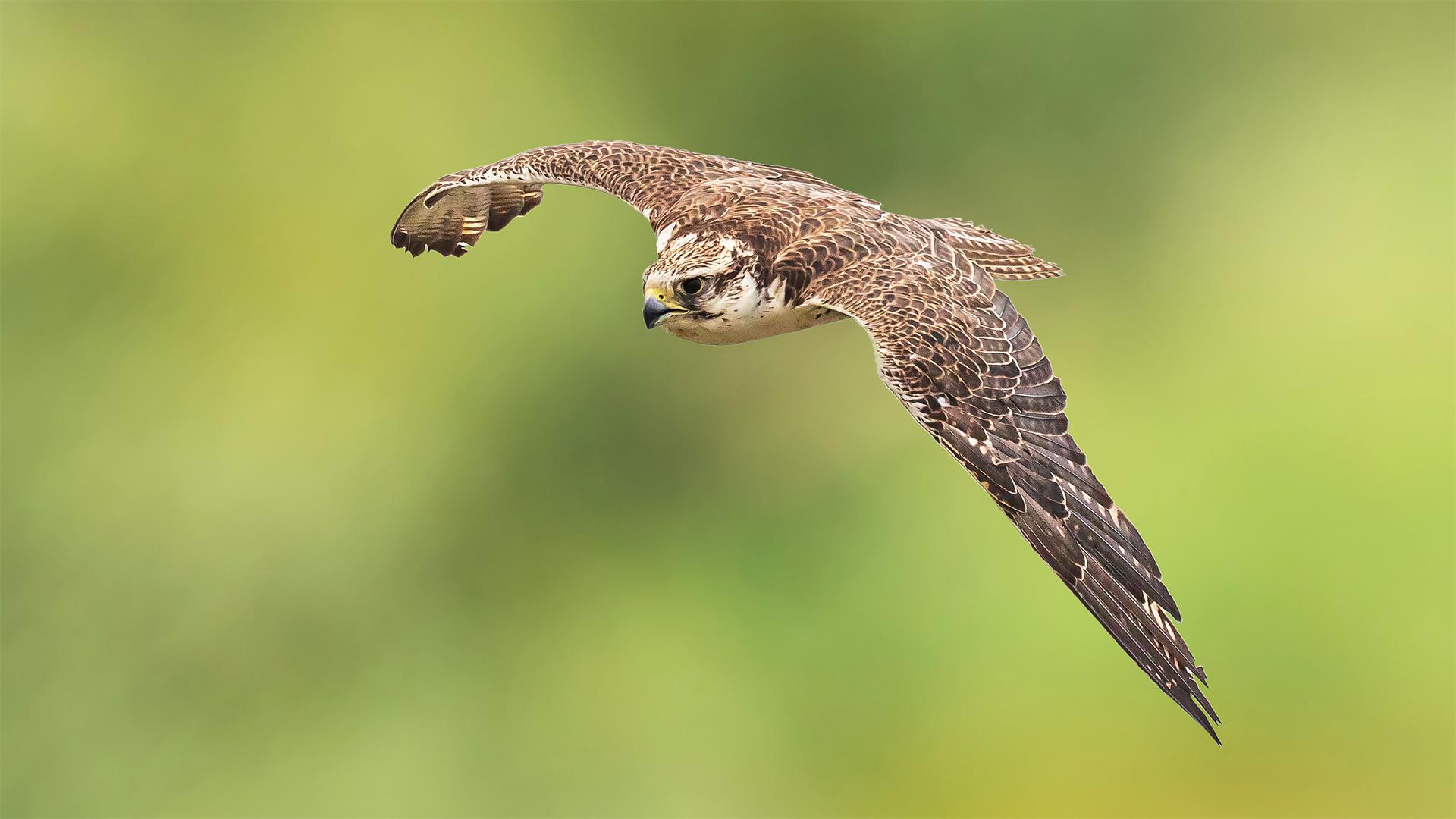Action Plans for Endangered Species Conservation

The concerted and systematic collaboration of scientific disciplines, state authorities, and the public is indispensable for the conservation of endangered species. Species Action Plans serve precisely this purpose, outlining the threatening factors and the objectives and measures of the action program implemented for their protection.
In Hungary, the development of Species Action Plans follows a national standard
The protection of the saker falcon, the Eurasian lynx, the Pulsatilla hungarica, the Hungarian meadow viper, and many other endangered native species would be unthinkable without coordinated collaborations. Experts lay down the foundations, objectives, and action plans for the systematic efforts aimed at species protection in so-called Species Action Plans. These aim to effectively implement nature conservation management tasks.
According to the regulations, in addition to the species description, the elements of the plan include the precise identification of threatening factors, the measures planned to eliminate them, and the presentation of the legal background of the nature conservation activity.
Useful Guidance for Other Sectors Too
The measures included in the plans not only assist the work of the authorities but also provide a basis for the land management activities of state nature conservation bodies in the species' habitat. Furthermore, they offer guidance for the measures of nature conservation investments and projects. These documents also provide useful reference points for other sectors, such as forestry and water management, especially during sectoral planning processes.
The Species Action Plans for endangered bird, amphibian, and reptile species are generally prepared by the experts of Birdlife Hungary (MME), in cooperation with colleagues from other disciplines and the directorates of national parks. These are adopted, issued, and made available on the termeszetvedelem.hu website by the Nature Conservation Department of the Ministry of Agriculture.
Four Wader, Five Bird of Prey Species, Corncrake, Lesser Grey Shrike
In the Grassland-HU LIFE integrated project, the MME played a leading role in the development of the Species Action Plans for 11 bird and two reptile species over the past two years. Among the endangered species selected for the project were four waders, five birds of prey, the corncrake, the lesser grey shrike, as well as two declining lizard species.
For the MME, which celebrated its 50th anniversary last year, it is particularly important that the Species Action Plan for the saker falcon, chosen as Bird of the Year 2024, could be completed in 2024. Hungary is home to the most significant breeding population of saker falcons in Europe, numbering around 200 pairs. This year, the saker falcons raised a record number of fledglings, partly thanks to the nature conservation activities outlined in the Species Action Plans.
Environmental Education and Public Communication are Essential Elements of the Measures
The saker falcon Species Action Plan places great emphasis on the population survey and the promotion of related scientific research. Experts annually analyze breeding results, changes in prey populations, and the movement patterns of the birds.
It is crucial to present the nature conservation significance of the species to the public and decision-makers, thereby gaining the necessary social support for its protection.
The Species Action Plans were developed within the framework of the Grassland-HU LIFE integrated project, supported by the European Union and the Hungarian State. The saker falcon Species Action Plan was prepared in cooperation with the LIFE SakerRoads project (LIFE21/NAT/HU/101074704).
The species conservation plans have been developed under the Grassland-HU LIFE Integrated Project, supported by the European Union and the Hungarian State. The saker falcon conservation plan was prepared as part of the LIFE SakerRoads (LIFE21/NAT/HU/101074704) project.
Source: BirdLife Hungary